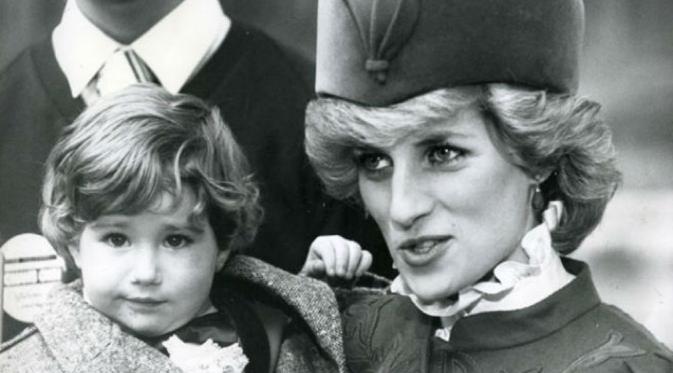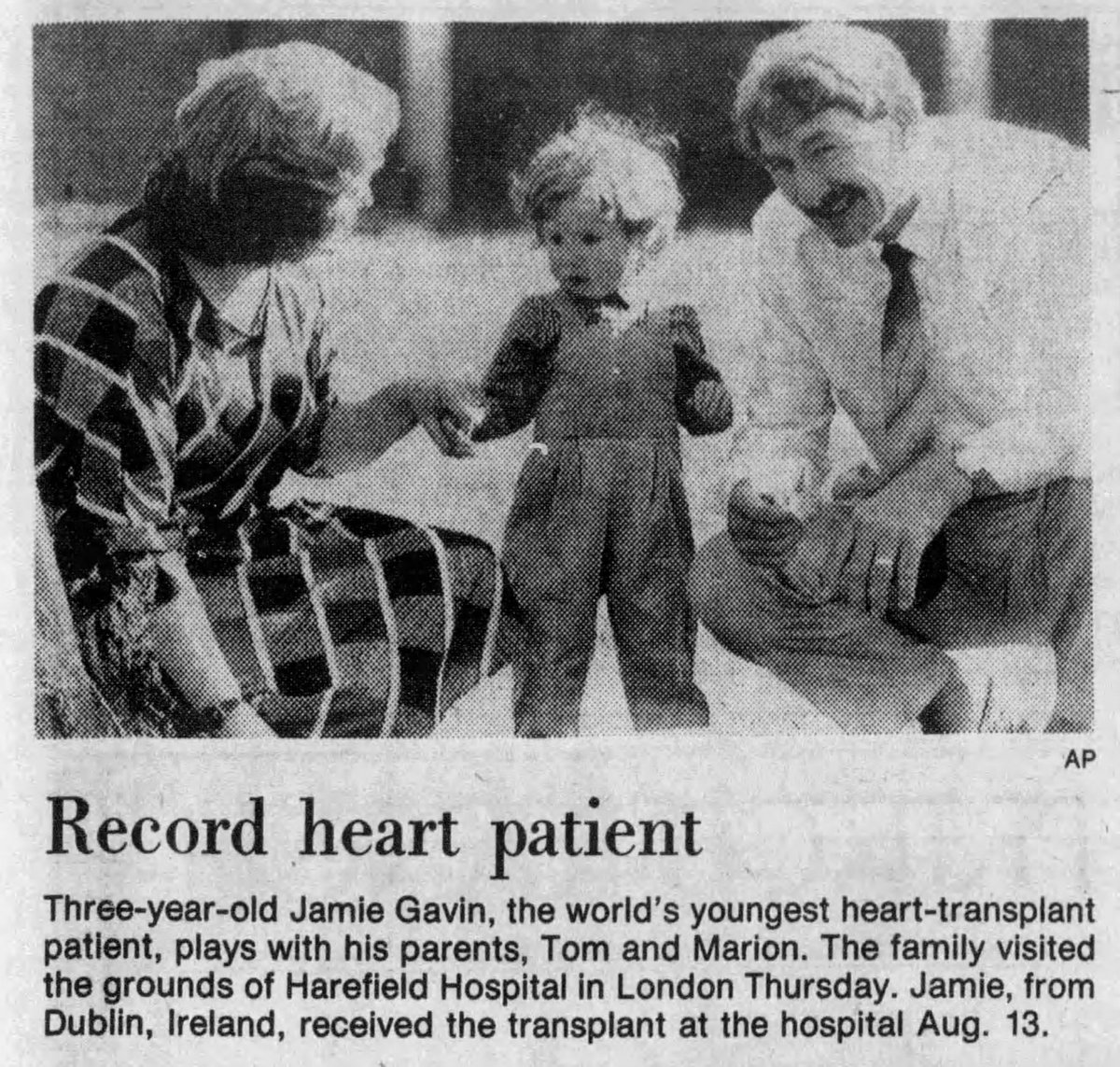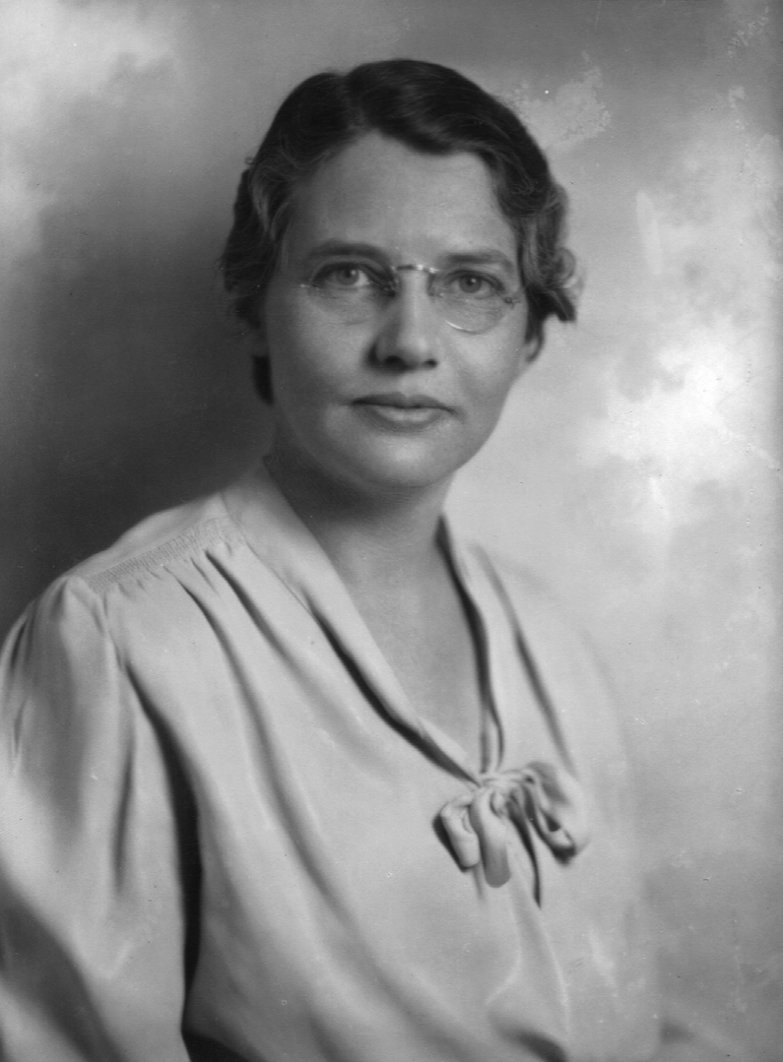It's open heart surgery's 66th birthday! On September 2, 1952, Dr. F. John Lewis at @UMNChildrens closed an atrial septal defect in 5yo Jacqueline Johnson using only total-body hypothermia, allowing him to halt her circulation for 5-1/2 minutes as he performed the operation. #CHD 
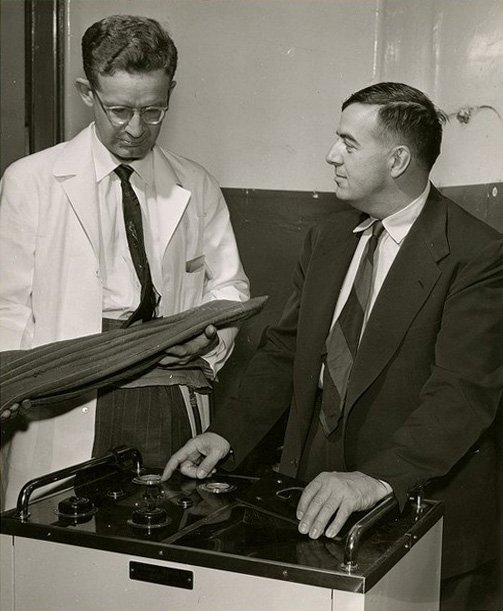
Using cooling blankets, Jacqueline was cooled to 28°C before her chest was opened, her systemic veins and pulmonary artery were clamped, and her right atrium opened. In the photo Lewis appears at the near side of the table. Standing on a stool behind him is Dr. Walt Lillehei. 

After quickly closing the hole and checking his work, Lewis closed up the heart and unclamped the vessels. Jacqueline's body was rewarmed in a watering trough ordered from a Sears catalog. She made a successful recovery and was discharged after 11 days. Lewis had made history. 

According to @UMNChildrens, Jacqueline was still alive as of 2012, 60 years after her surgery, but I haven't been able to confirm her current status. Dr. Lewis went on to correct atrial septal defects in over 50 children over the next 3 years. 
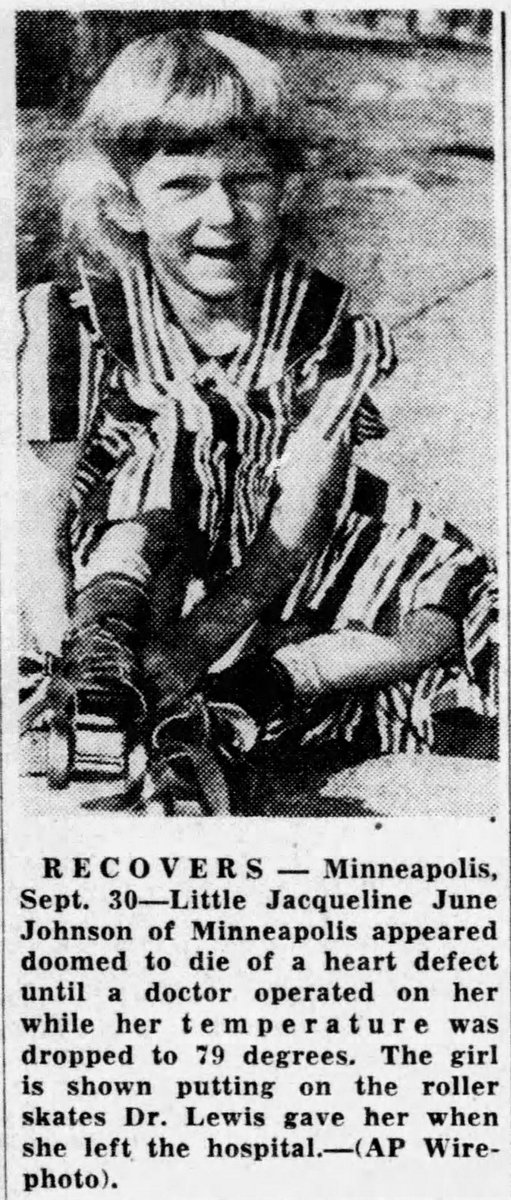
Hypothermia was of limited utility since few heart defects could be repaired in the 6-minute window before hypoxic injury occurred. Leaving the OR, Dr. Lillehei was heard saying, “Boy, there’s got to be a better way to do open-heart surgery than with total body hypothermia.” 

If you're interested in reading more about the early days of heart surgery, there are a couple of great options. The first is @gwaynemiller's book, King of Hearts: The True Story of the Maverick Who Pioneered Open Heart Surgery, published in 2000. amazon.com/King-Hearts-Ma…
Another great book is @thomasngmorris's The Matter of the Heart: A History of the Heart in Eleven Operations, published last year. amazon.com/Matter-Heart-H…
@sjauhar's book, Heart: A History, is also coming out in just a couple of weeks, and it looks great! Looking forward to reading that one! amazon.com/Heart-History-…
• • •
Missing some Tweet in this thread? You can try to
force a refresh




